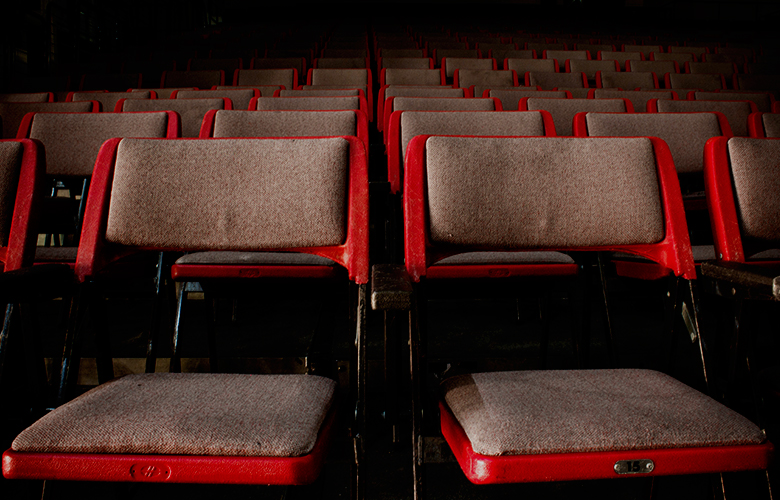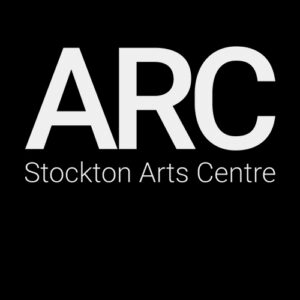
Does ‘Pay What You Can’ pay off?’ was the question asked by pricing consultants Baker Richards in Arts Professional last week. Remembering my commitment to using my energy more efficiently, I tried not to get too exercised about the rather negative tone of the article. However, in my view, it rather misses the point.
The piece suggests existing customers are the people benefitting from PWYC schemes, as evidence points towards new customers being more likely to purchase high price tickets. It quotes ARC’s own policy, suggesting our scheme is positioned to make it cheaper for people to come more often. Actually our scheme is primarily to help more people come (thus increasing accessibility and artists’ exposure) – and it does.
Baker Richards’ evidence seems to be based on the recent Arts Professional pricing survey, which didn’t ask any questions specifically about PWYC schemes. The article refers to two different producing theatres, one of which only offered one PWYC performance per production.
It makes some good points: developing audiences requires thinking about your programming too; and offering cheap tickets isn’t enough, it’s about how those offers reach people.
To our knowledge, ARC is one of only two UK venues to offer PWYD pricing on its entire theatre and dance programme – the other being the brilliant Slung Low in Leeds, originators of PWYD. We absolutely acknowledge that we operate in a particular place, with a context, business model and mission that seeks to make wide community, social and artistic impact. Nevertheless we feel we can provide useful evidence of what PWYD can achieve.
Audiences in 2019 are 86% up compared to 2014, our last full year of fixed ticket pricing – well above our target growth of 3-5% per year. The percentage of PWYD audiences new to ARC is between 8-14% each year, with a much higher percentage new to theatre (ie crossing over from other art forms we present).
You can read more about what we have achieved with PWYD, and how, in our free toolkit downloadable here. Venues from as far afield as the USA and Australia have been in touch and visited us to find out more. Many UK and global venues and festivals use it tactically and strategically within their wider pricing approach.
I could write at length (and have done) about PWYD but here are a few specific responses to comments in the article:
No pricing scheme should be seen is isolation – whatever the scheme, the context and implementation are as critical as the price itself. For us, it’s working.
PS The article describes PWYD as ‘reducing the monetary risk (though not the time invested) of attending’. Sorry we haven’t been able to invent a time machine yet…
Well Meaning Regional Arts Centres – And Proud of It
Embracing Disruption to Your Daily Routine


Annabel Turpin is currently Chief Executive & Artistic Director of ARC, a charity that uses arts and cultural activity to strengthen its local community. It works locally, in Stockton and the Tees Valley, and nationally, through leadership of networks and partnerships. ARC presents a year round programme of arts and cultural activity including live events, film screenings, workshops and classes, and works to ensure it engages people who might be socially excluded. Annabel is a board member of Tees Valley Local Enterprise Partnership, Sunderland Culture Company and the North East Culture Partnership, where she has helped develop the region’s Case for Culture strategy. She co-chairs Future Arts Centres, a national network of more than 100 UK arts centres, committed to championing the role of arts centres within the wider cultural and community sector. She launched and chairs Venues North, a group of 35+ venues from across the greater North committed to helping performing artists get their work seen more widely, and also chairs the North East Artist Development Network. As a freelance consultant, she has undertaken work around organisational development for a range of clients, including companies, venues and local authorities, as well as mentoring and facilitation at both executive and board level.
Read Full Profile© 2021 TheatreArtLife. All rights reserved.

Thank you so much for reading, but you have now reached your free article limit for this month.
Our contributors are currently writing more articles for you to enjoy.
To keep reading, all you have to do is become a subscriber and then you can read unlimited articles anytime.
Your investment will help us continue to ignite connections across the globe in live entertainment and build this community for industry professionals.